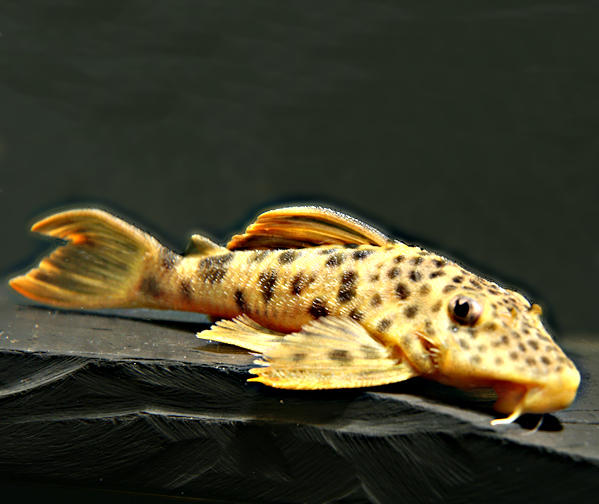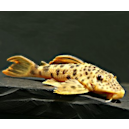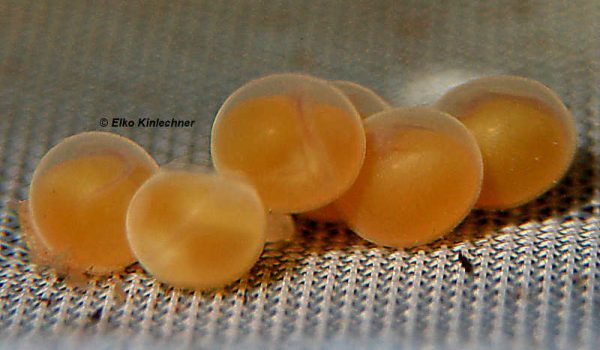Occasionally we may find single eggs or even (almost) complete nest of plecos (in front of a cave). To rejuvenate the nest to the male, for example, by pushing it back into the cave, is rarely successful. The alternative is manual hatching.
However, even if the male has previously discarded very often a clutch, it may be useful to remove the eggs in time. Normally no one cares for the clutch better than the father does.
Requirements
The prerequisite for manual breeding is that the eggs have also been fertilized and not yet dead. Unfertilized or dead eggs look dull or milky. Watch out, some catfishes, for example Hypancistrus zebra, have white eggs.
For the breeding of the “good” eggs, I use an incubator. I have acquired such from Aquarienbastelei.de.
Incubator
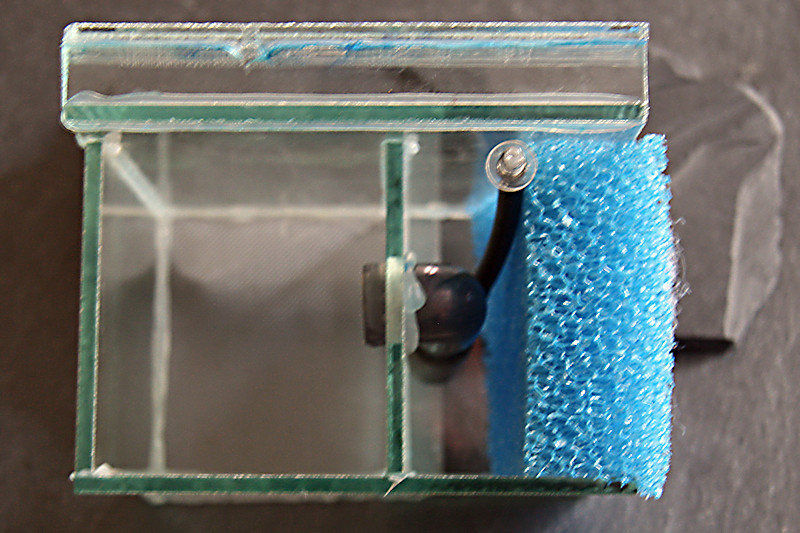
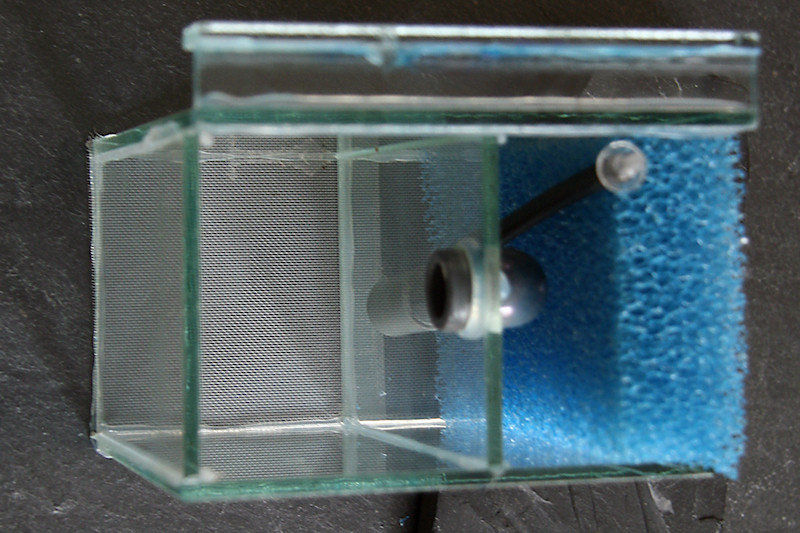
Pic. 2: Incubator
The eggs lie on gauze, which represents the bottom of the incubator. An airlift directs aquarium water from above to the incubator. As a result, oxygen-rich water permanently surrounds the eggs. A small filter sponge in front of the air filter prevents “dirt” from the aquarium go to the eggs.
Against fungus
I use alder cones and leaves of the tropical almond tree to prevent fungus from the eggs. If possible, I place these so that they are still clamped in front of the filter sponge. As a result, the sponge catch falling particles and these particles do not “pollute” the eggs. I also had very good experiences with Sera ectopur (use according to instructions).
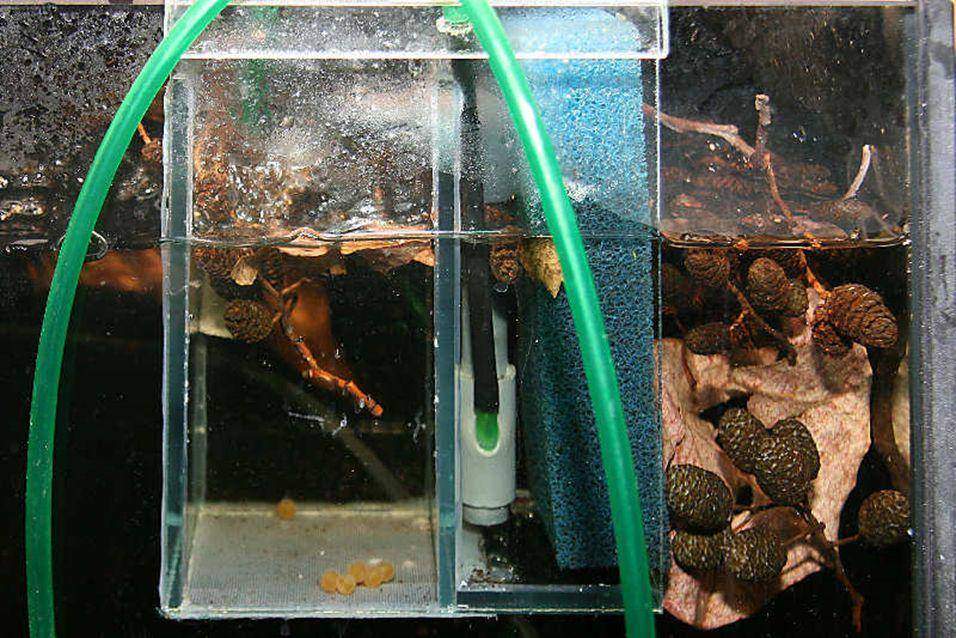
Pic. 3: Alder cones and almond tree leaves protect against fungus. Hatching of Ancistomus sp. “L 208”
The cleaning brigade
In order to keep the eggs as clean as possible, I put a few trumpet snails (Melanoides tuberculata) in the incubator. These also eat dead eggs and these do not destroy the “living eggs”. Dead eggs are a source of infection and endanger the “good” eggs. For this reason, if the cleaning brigade does not eliminate all dead eggs, you should help with a scalpel.
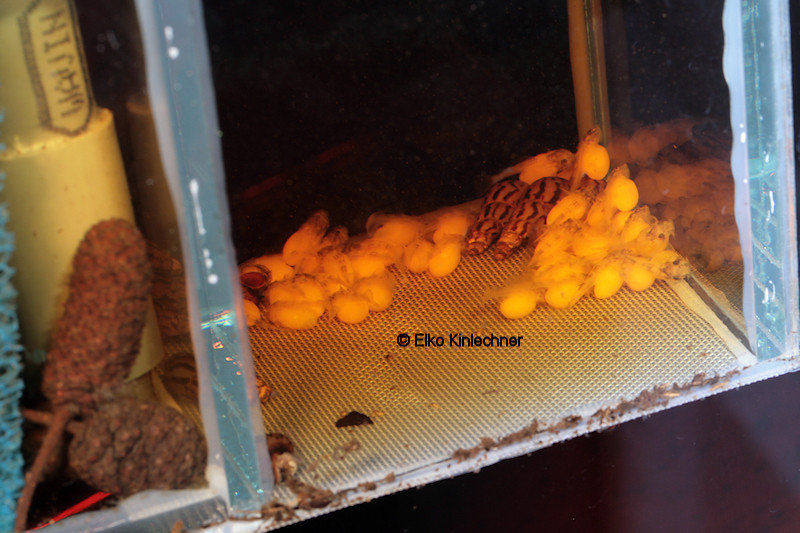
Pic. 4: The cleaning brigade: trumpet snails (Melanoides tuberculata) as cleaning brigade. Hatching of Peckoltia lineola (L 202).
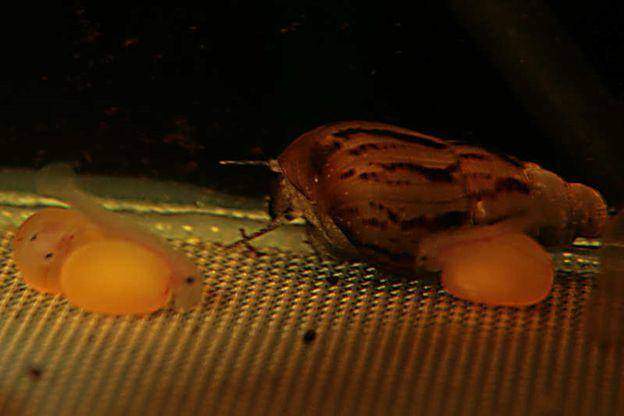
Pic. 5: Trumpet snails (Melanoides tuberculata) with Ancistomus sp. “L 208”.
Help hatching
The brood-caring male apparently stimulates slip at the right time. Since we do not have a father during manual incubation, we may need to help a bit.
It is important to take the right time.
Hypostominae catfishes usually hatch after about 7 days. At this time I put the eggs for about 20 minutes so that it was no longer covered by water, and air started to dry the eggs. Then I put the eggs back in the water, causing the egg shells jumped up.
Loricarinae take a little longer until the brood has developed sufficiently. (For example, Pseudohemiodon apithanos needs 14 days.) We can then initiated the slip with a brush, tweezers, needle or scalpel. See following videos
Good luck.
